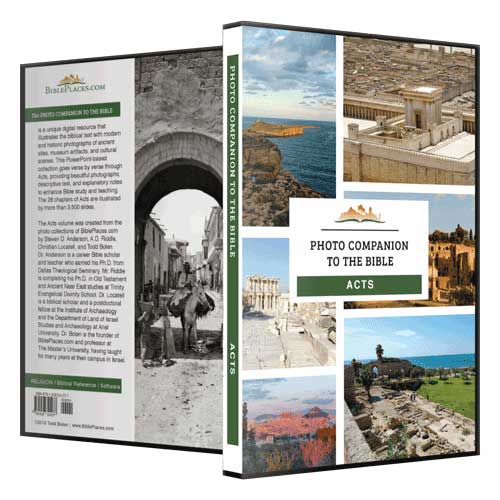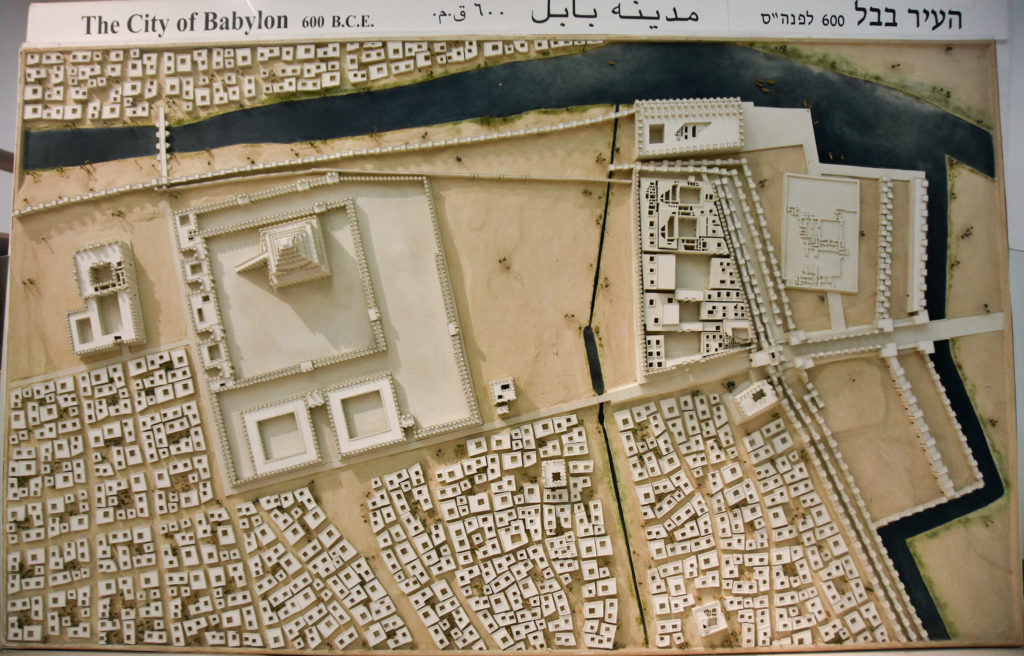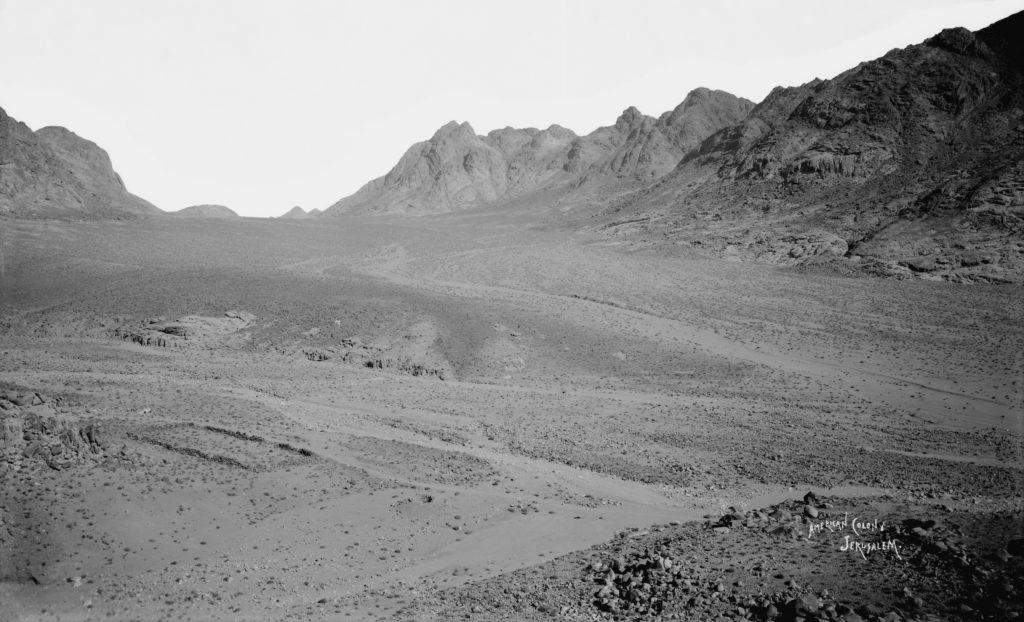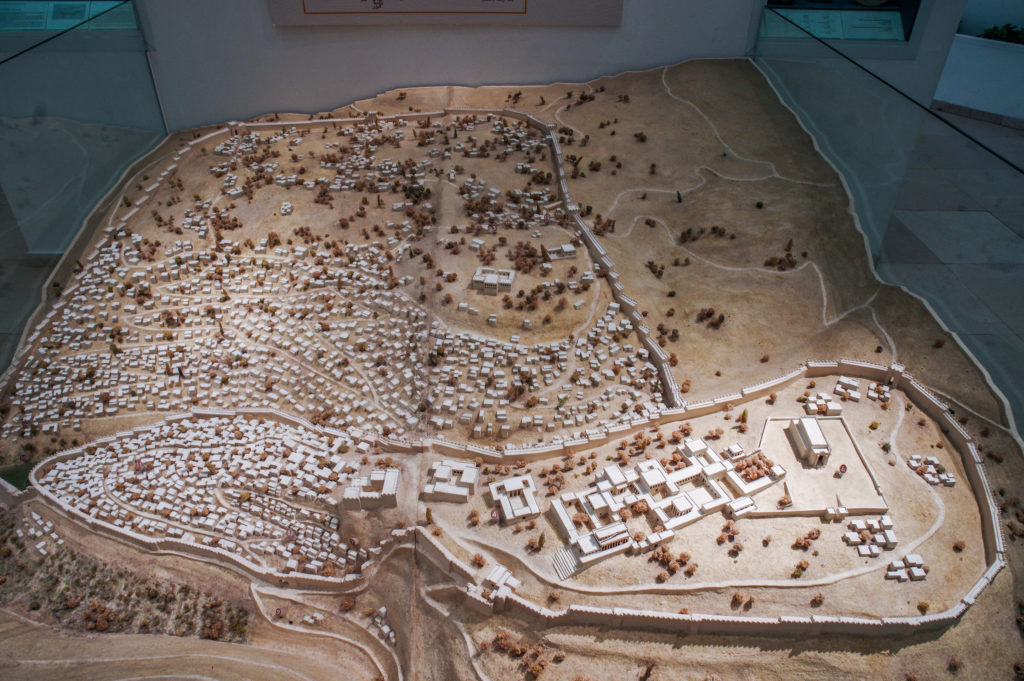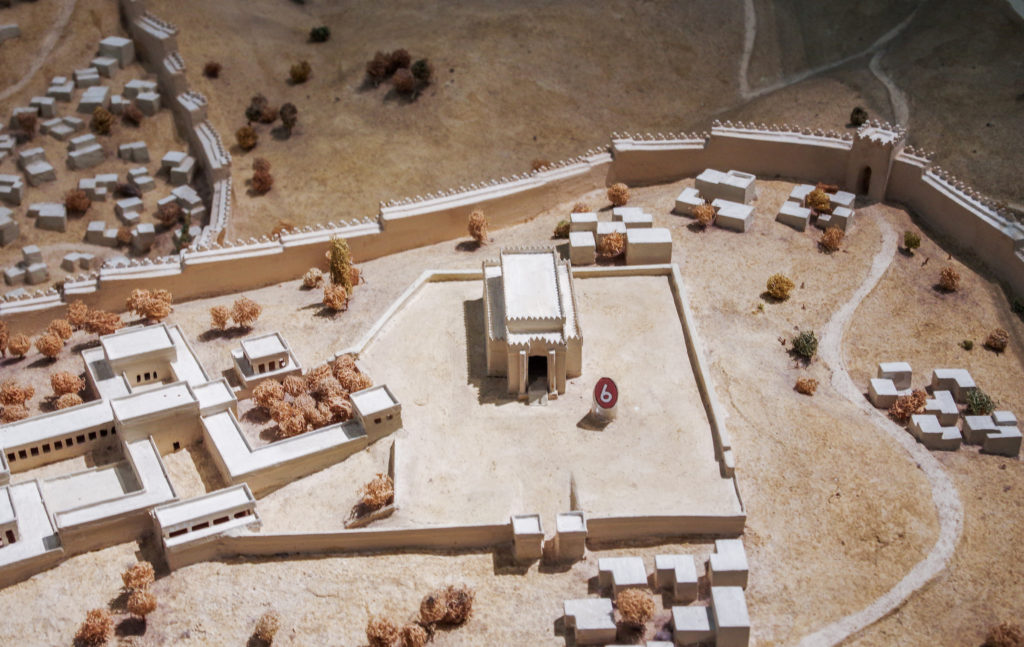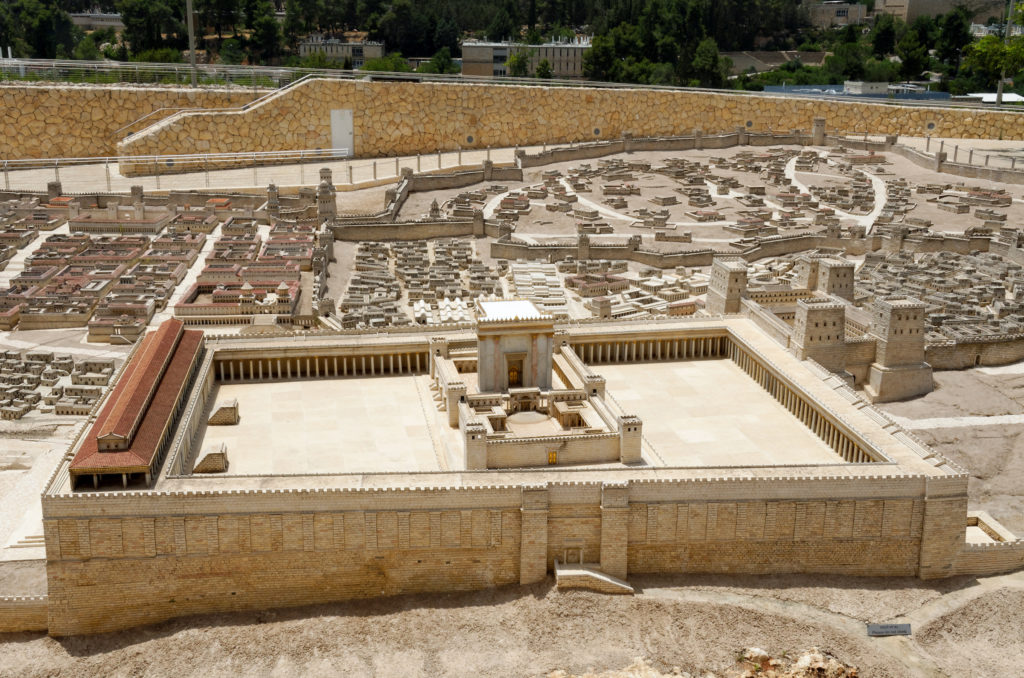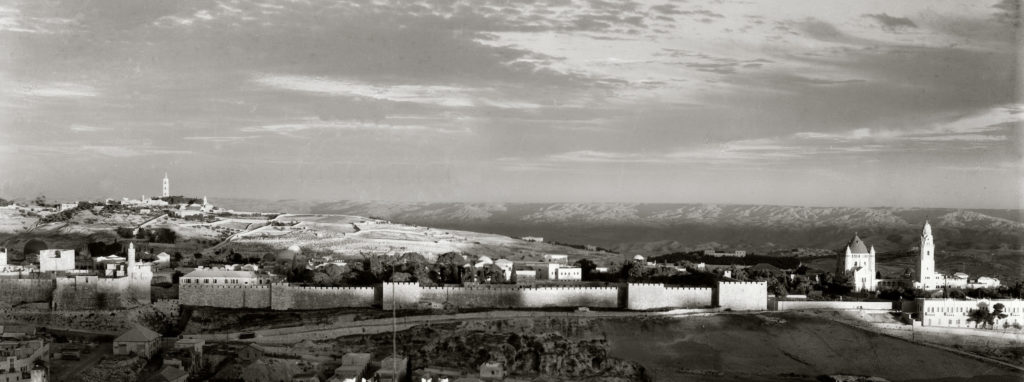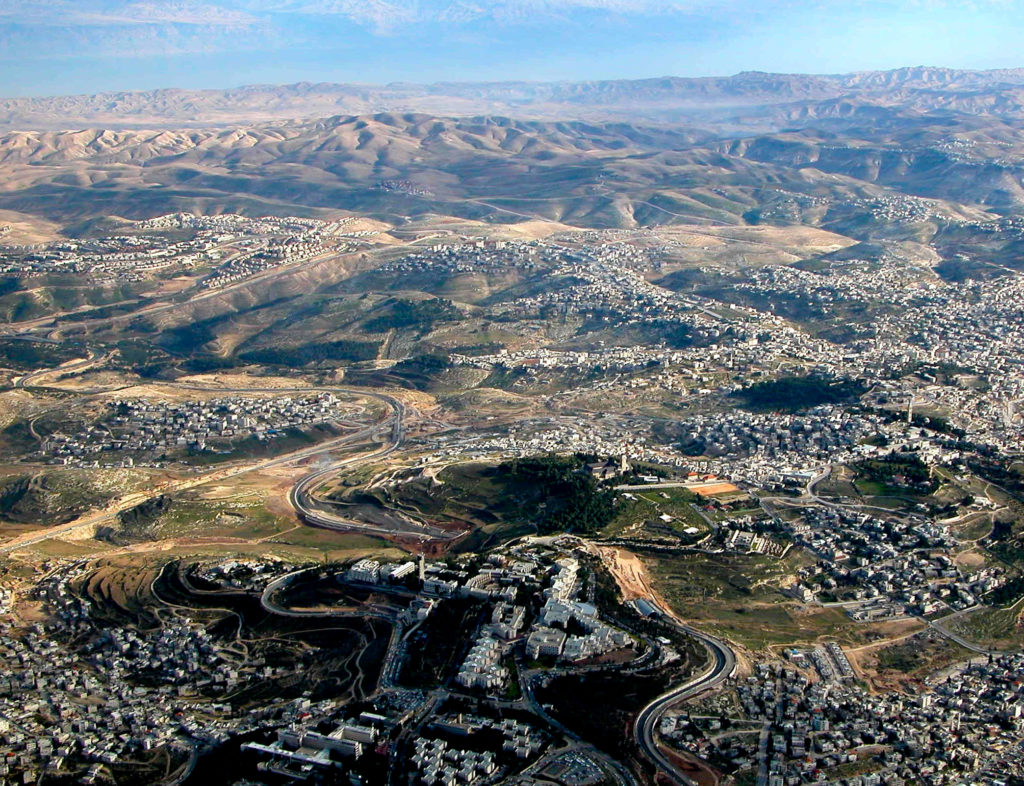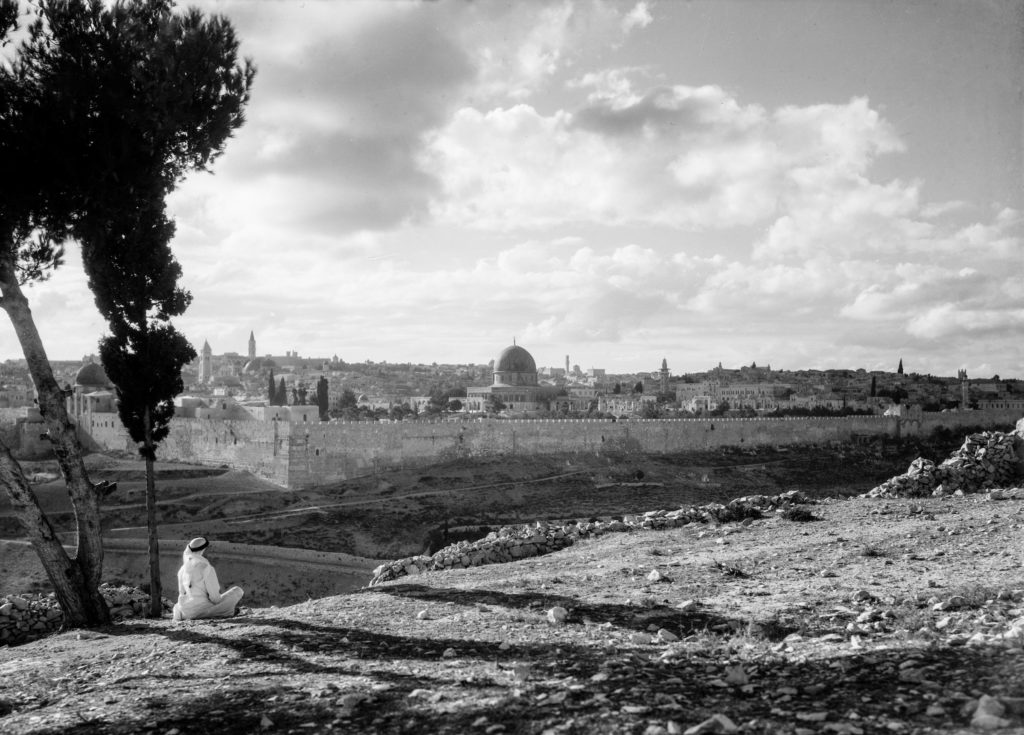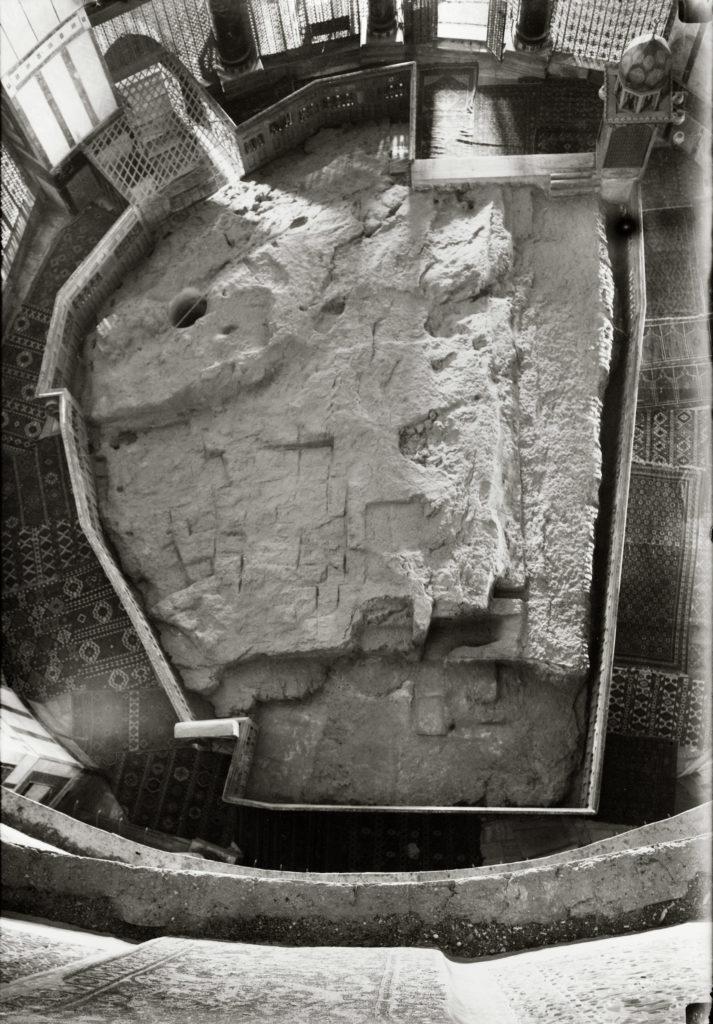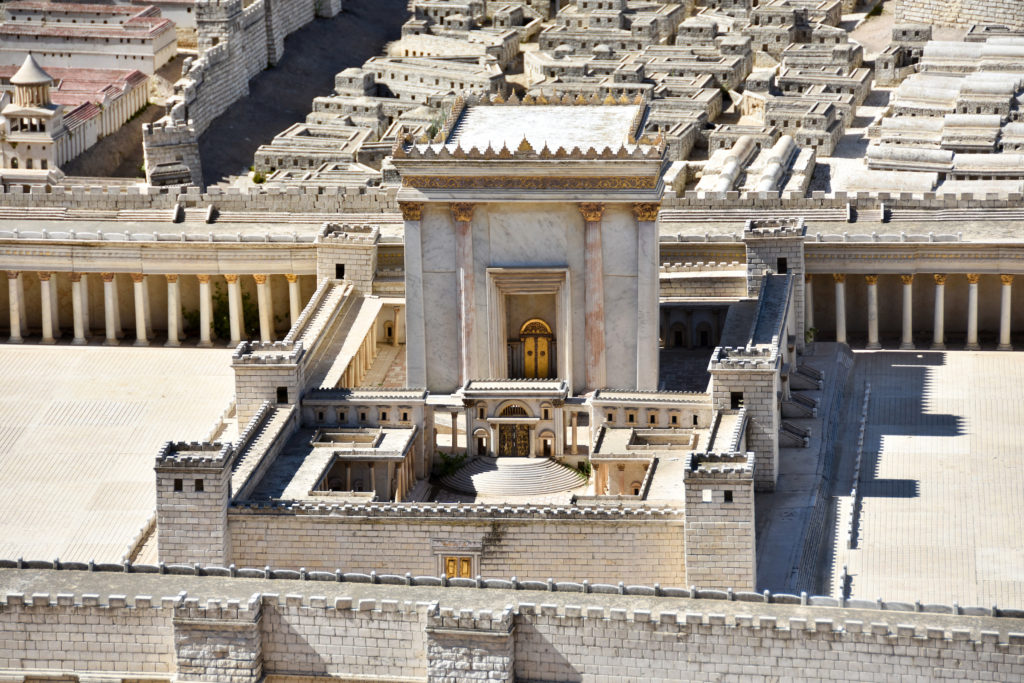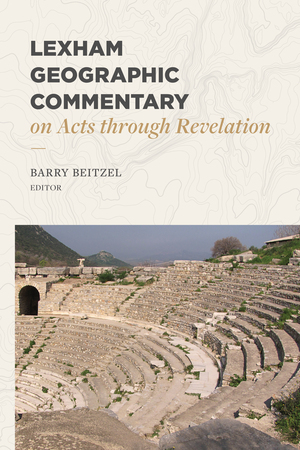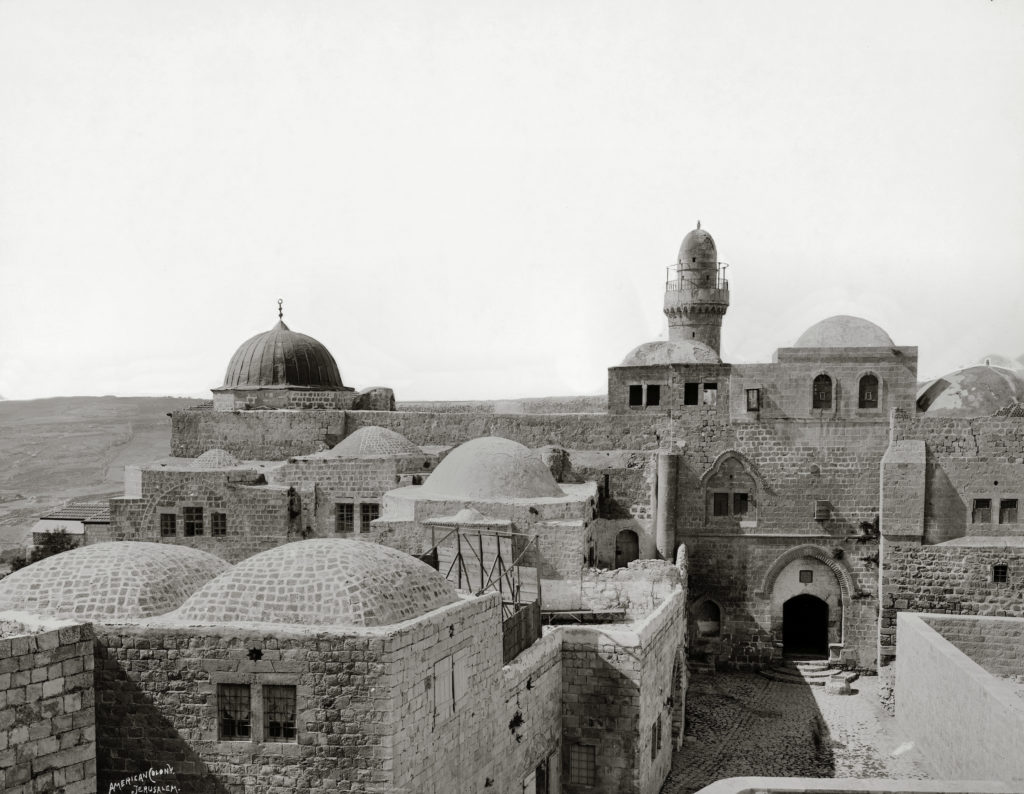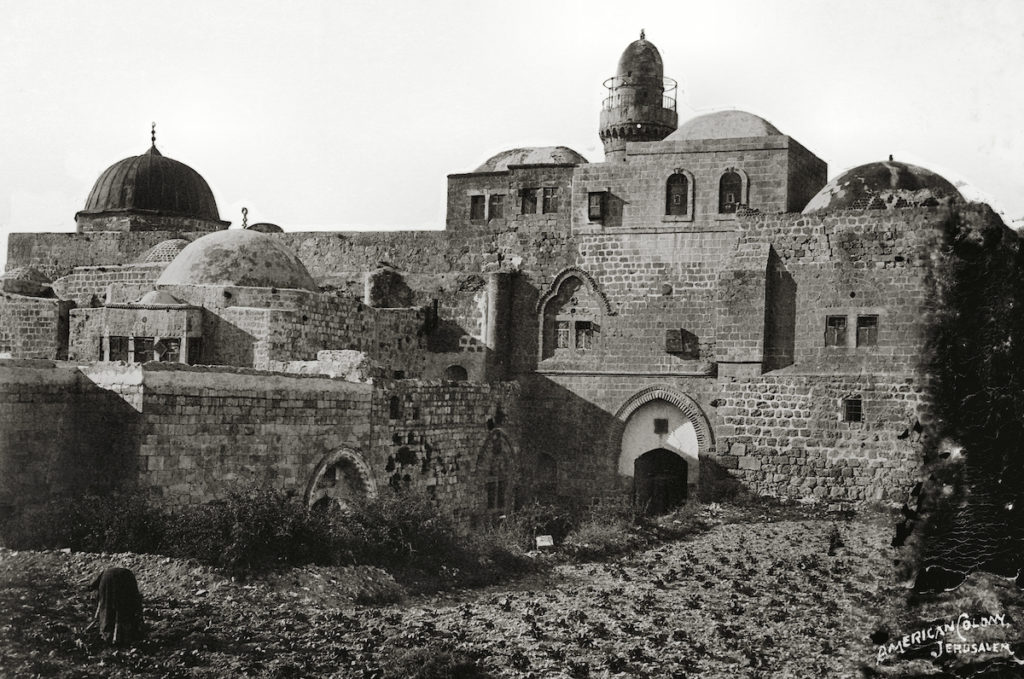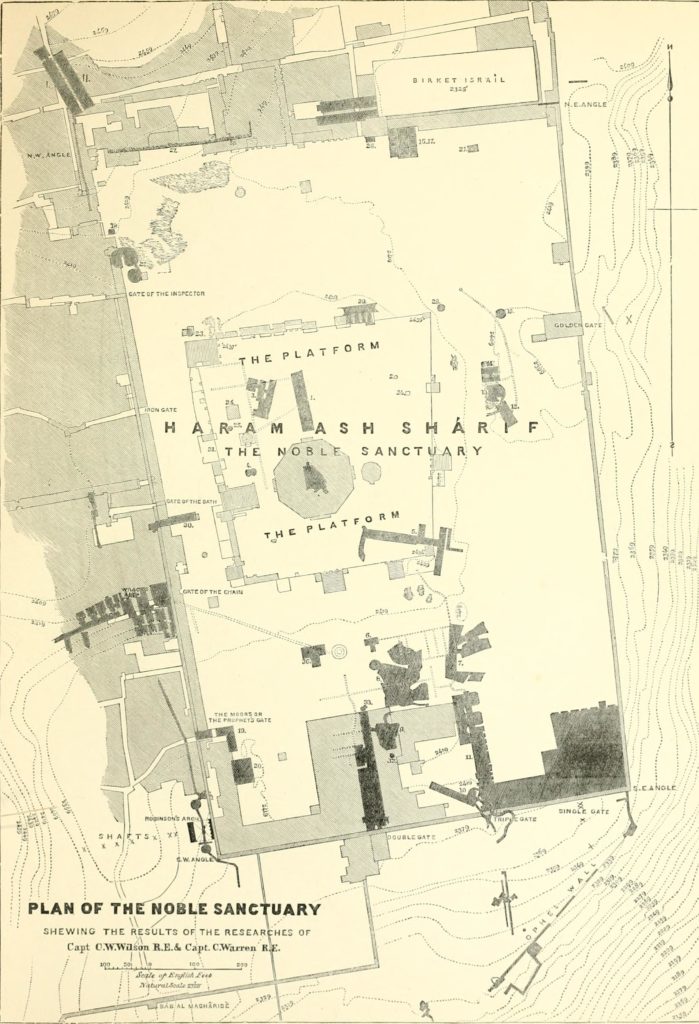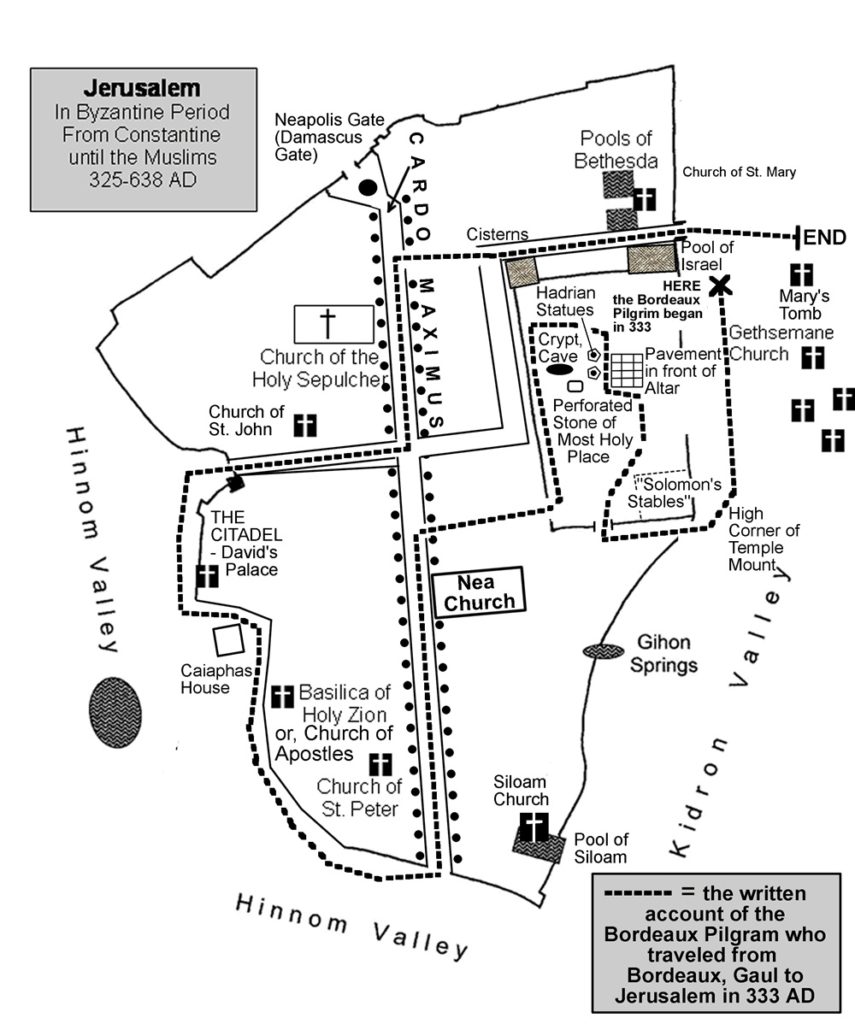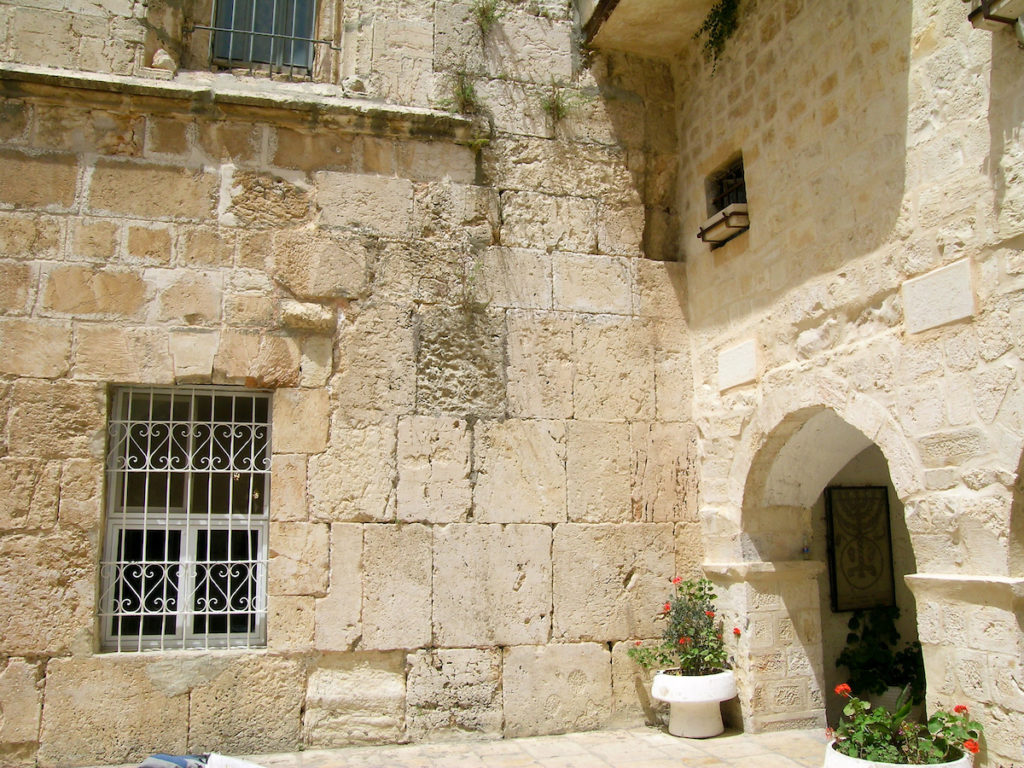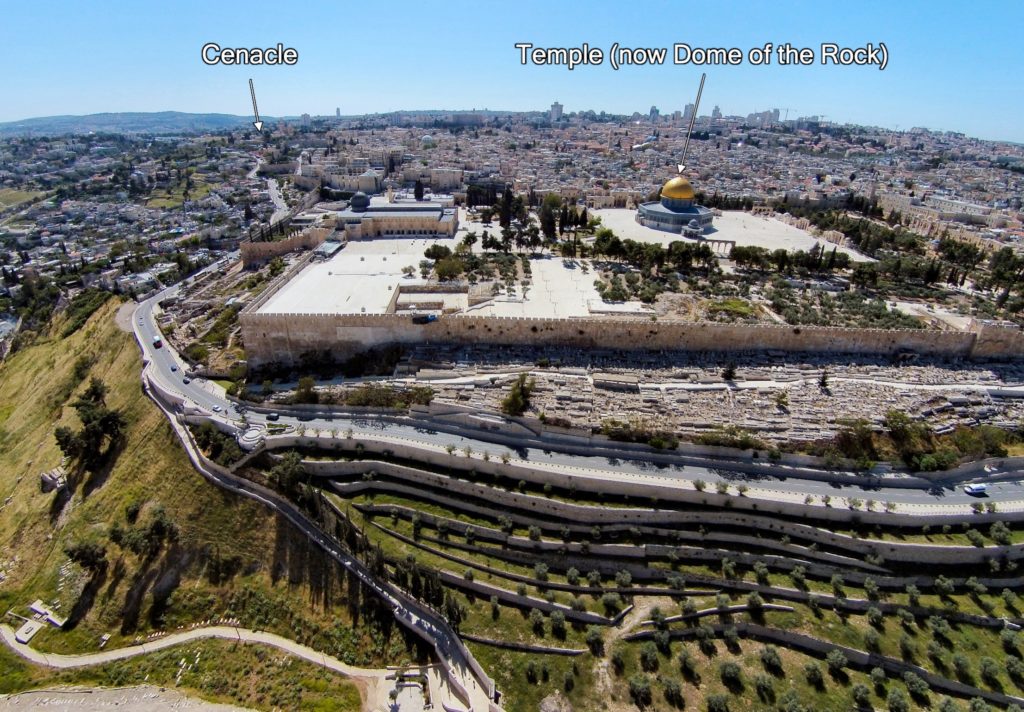When I was first studying biblical archaeology and history, we would learn about the latest discoveries every few months from the newest issue of Biblical Archaeology Review or from The Jerusalem Post, if we scanned its printed pages carefully, or from reports from our professors. Journal articles were also helpful, when we had some extra time in the library.
Today we hardly need to go looking and we are overwhelmed with updates from every part of the biblical world. This year alone I wrote about 100 weekend roundups, covering more than 1,000 stories or events, including discoveries, resources, and online lectures. The sheer mass of information makes a year-end review valuable, as we can look back over the last twelve months and enjoy a better perspective on what was most important.
This top 10 list is my own, reflecting what I judge to be of greatest interest for biblical archaeology and history. I tend to attach greater significance to stories more closely related to the biblical lands and biblical time periods. Following the top 10, I have included several lists of noteworthy stories from Jerusalem, Israel, and elsewhere.
In addition, I’ve compiled lists of the top stories related to tourism, notable resources of 2021, and a review of some we lost this year. A final section provides links to other top 10 lists of 2021. I am of course greatly indebted to many, including the archaeologists who made the discoveries, the journalists who reported them, and many friends who sent links. In terms of archaeological discoveries, 2021 was a very good year.
Top 10
1. Archaeologists discovered two dozen scroll fragments in a cave near the Dead Sea. Most are Greek translations of portions of Zechariah and Nahum.
2. A team working at Khirbet al-Ra‘i near Lachish found an inscription with the name “Jerubbaal.” Jerubbaal was another name for Gideon (Judg 6:32). If the inscription can be identified with Gideon, this would be the first ancient inscription with the name of a biblical judge. Even though I doubt this association, it’s still a significant find.
3. A Late Bronze Age potsherd found at Lachish has an inscription that may make it the oldest text written in an alphabetic script ever found in Israel.
4. Archaeologists discovered a portion of Jerusalem’s city wall from the time of Hezekiah and Josiah.
5. A second synagogue was discovered at Magdala, making the site the first to have two known synagogues in the first century AD.
6. Archaeological evidence of Roman crucifixion is so rare that the discovery of a nail through a man’s heel, though far distant in England, makes this list.
7. Archaeologists believe they have discovered the place where the Aramean king Hazael breached the walls of the Philistine city of Gath. Hazael’s conquest of Gath is mentioned in 2 Kings 12:17.
8. An Egyptian farmer discovered a well-preserved stele dating to the reign of Pharaoh Hophra (Apries), ruler of Egypt at the time of Jerusalem’s destruction in 586 BC (Jer 44:30). There is a nice photo here.
9. Archaeologists working in the City of David believe that they have found evidence of the 8th-century BC earthquake that occurred in the reign of Uzziah (Amos 1:1; Zech 14:5). Other archaeologists found evidence from the same earthquake at a site in the Jezreel Valley.
10. The first-ever ancient depiction of the balm of Gilead was discovered on an amethyst seal in soil from the Temple Mount area.
Noteworthy Stories from Jerusalem
Archaeologists working near the Western Wall of the Temple Mount have discovered the largest collection of ancient dice ever found.
A rare 1st century AD oil lamp, shaped like a grotesque face cut in half, was discovered in the City of David. Its apparently matching partner was found nine years ago in Budapest.
Several dozen fossilized shark teeth were discovered in the City of David.
Archaeologists uncovered a Second Temple period quarry in northwest Jerusalem.
A private toilet in Jerusalem that dates approximately to the time of Manasseh or Josiah was unearthed in Jerusalem.
Sifting of debris from the Temple Mount revealed a rare 2,000-year-old silver shekel coin that may have been minted on the Temple Mount itself.
Noteworthy Stories from Israel
The first-known Crusader army camp in Israel was located near ancient Sepphoris.
Archaeologists working at el-Araj (Bethsaida?) discovered a large apse and two partial inscriptions in the mosaic floor of what they believe is the Church of the Apostles.
A diver found a Crusader-era sword in perfect condition off the coast of northern Israel. There is a short video here.
Marine archaeologists working near Caesarea have discovered a gold ring with a green gemstone depicting the “Good Shepherd,” a red gemstone depicting a lyre, and a hoard of Roman coins.
A portion of the “altar site” on Mount Ebal was destroyed by road construction work. A firestorm erupted, and repairs were made.
Analysis of soil from Herod’s palace garden in Jericho reveals that the king raised “lush bonsai versions of pines, cypresses, cedars, olives and other trees.”
Archaeologists have discovered dramatic evidence of the conflagration that destroyed Azekah circa 1130 BC, leading them to dub the site as a “small Pompeii.”
The 25th and final summer season of excavations at Tell es-Safi/Gath concluded.
Archaeologists working in Yavne on Israel’s southern coast discovered a colorful mosaic from a Byzantine mansion.
Also at Yavne, a complex of Byzantine-era winepresses was discovered.
A study of fish remains at sites through Judah concludes that ancient Israelites/Jews broke the dietary laws by eating scaleless fish. Other scholars reject this conclusion.
The Israel Antiquities Authority has identified 20 caves in the Judean desert “with the potential for good artifacts” that will be excavated in the future.
Researchers sequenced the genome of date palm trees living 2,000 years ago.
Other Noteworthy Stories
A new study claims that Tall el-Hammam was destroyed by a cosmic airburst circa 1650 BC. Not all are convinced that this proves the site is Sodom.
Egyptian archaeologists discovered a new group of 50 wooden sarcophagi at Saqqara, dating to the New Kingdom period.
A “lost city” from the time of Amenhotep III was discovered near Luxor.
The first known example of an embalmed pregnant Egypt mummy was discovered.
Large inscriptions depicting the Babylonian king Nabonidus were found in Saudi Arabia.
Archaeologists in western Turkey have found a hoard of 651 silver coins dating to the 1st century BC.
A nearly intact 4-wheel ceremonial carriage has been found near Pompeii.
A perfectly preserved room inhabited by slaves was discovered near Pompeii.
A new book by Idan Dershowitz argues that the scrolls of Moses Shapira, long believed to be forgeries, are actually the earliest Dead Sea Scrolls and were a “pre-canonical antecedent” of Deuteronomy. Christopher Rollston and Drew Longacre disagree.
Top Stories Related to Tourism in Israel
A permanent exhibit for the Omrit temple, including a large column, is now on display at Tel Hai College.
The Iron Age gate at Megiddo often associated with Solomon has been reconstructed.
Israel opened its first underwater national park at Caesarea.
A new “Emmaus Trail” allows walkers to travel the 11 miles (18 km) from Abu Ghosh to Nicopolis/Latrun. The trail begins near a new visitor center that includes a museum dedicated to the life of Jesus.
A $12 million renovation project was completed at Hisham’s palace in Jericho.
With the mines removed, worshipers were able to celebrate Epiphany near the Jordan River for the first time in more than 50 years.
A major renovation project at Ashkelon will open up new areas of the site to visitors along with more than a mile of new pathways.
Construction has begun on a new reception center at the traditional Shepherds’ Field site near Bethlehem.
Top Stories Related to Tourism Outside Israel
The ancient Diolkos of Corinth is being restored.
A new project aims to restore five ancient theaters in central Greece, including Nicopolis and Dodona, in order to increase tourism to the sites.
Greece has announced plans for five new or upgraded museums in Chios, Trikala, Sparta, Thyrreio and Ermioni.
Cyprus is planning to build a marine archaeological park at the ancient port of Amathus.
The renovated mausoleum of Emperor Augustus in Rome has reopened after being closed for many years.
A new, retractable floor will be installed in the Colosseum of Rome, along with trapdoors, lifts, and other mechanical elements, in a $18 million remodeling project.
Saudi Arabia has opened the Nabatean site of Hegra to foreign tourists for the first time ever.
The indoor model of 1st-century Jerusalem that was located at the Holy Land Experience in Orlando will be part of a new exhibit at the Ark Encounter.
Notable Resources of 2021: Books
Ancient Israel: From Abraham to the Roman Destruction of the Temple, 4th edition, edited by John Merrill and Hershel Shanks.
Camels in the Biblical World, by Martin Heide and Joris Peters.
Encountering Jesus in the Real World of the Gospels, by Cyndi Parker
Excavations in the City of David, Jerusalem (1995-2010), by Ronny Reich and Eli Shukron
Guide to Biblical Coins, 6th edition, by David Hendin. The author talks about his life in numismatics and why he has written six editions.
The Koren Tanakh of the Land of Israel – Samuel, edited by David Arnovitz. Contributors include Aren Maier, Yosef Garfinkel, Erez Ben-Yosef, and Chris McKinny (Amazon).
Messiah’s Ministry: Crises of the Christ, by William Varner. See my introduction here.
Olga Tufnell’s ‘Perfect Journey,’ by John D. M. Green. A free pdf download is available. Also on Kindle.
The Road Taken: An Archaeologist’s Journey to the Land of the Bible, by Seymour (Sy) Gitin.
The Story of the Apostle Paul, by J. Carl Laney
Under Jerusalem: The Buried History of the World’s Most Contested City, by Andrew Lawler
Where Was the Biblical Red Sea? Examining the Ancient Evidence, by Barry Beitzel
Notable Resources of 2021: Digital Resources
A new app created by an Episcopal church in South Carolina allows users to traverse a 98-mile path that follows the Gospel of Luke.
Biblical Israel Ministries & Tours has released a new collection of 385 enhanced aerial photos of Israel (and a few sites in Jordan).
“The 7 Churches of Revelation: Times of Fire,” available on DVD and streaming.
“Trial & Triumph: Revelation’s Churches,” produced by Appian Media, is a two-hour movie featuring interviews with leading archaeologists. Available to watch online for free.
Several new volumes in the Photo Companion to the Bible, created by us here at BiblePlaces.com:
- 2 Samuel (2,900 photos)
- Paul’s Epistles (8,000 photos)
Losses This Year
Norman Golb, the unorthodox Dead Sea Scrolls scholar, died at the age of 92 in the last days of 2020.
Claus-Hunno Hunzinger died in January. He was the last living member of the original Dead Sea Scrolls team.
Hershel Shanks, founder of Biblical Archaeology Review, died in February at the age of 90. An entire issue of BAR celebrates his life.
George Bass, often called the father of underwater archaeology, died in March.
Robert E. Cooley died in April at the age of 91. During his career, he excavated Tel Dothan and helped to found the Near East Archaeological Society.
Eilat Mazar died in May at the age of 64. Following in the footsteps of her grandfather, Benjamin Mazar, her work focused especially on the City of David and southern Temple Mount excavations.
Ram Gophna, Professor Emeritus at Tel Aviv University, died in July.
Thomas Parker, director of several archaeological projects in Jordan, died in September.
William J. Fulco died in November. He worked extensively with the Pontifical Biblical Institute Museum in Jerusalem and advised on a number of films related to the Bible.
Baruch Levine died in December. He wrote dozens of articles along with commentaries on Leviticus and Numbers.
Other Top 10 Lists
Gordon Govier identifies biblical archaeology’s top 10 discoveries of 2021 in a report for Christianity Today.
Bryan Windle has created a well-illustrated list of the top 10 discoveries in biblical archaeology in 2021.
Ruth Schuster lists her top archaeology stories of 2021 as well as her top Christian archaeology stories of 2021 for Haaretz.
Emily Master posts the top discoveries of the Israel Antiquities Authority in 2021.
The Greek Reporter gives the 10 best ancient Greek archaeological discoveries of 2021.
Archaeology Magazine lists its top 10 discoveries of 2021 from around the world. (Daily Mail’s report is based on this list.)
Smithsonian Magazine describes ninety-nine fascinating finds revealed in 2021.
Previous Years
You can revisit the top stories of previous years with these links:
- Top 10 Discoveries of 2020
- Top 10 Discoveries of 2019
- Top 10 Discoveries of 2018
- Top 10 Discoveries of 2017 (and Top Stories and more)
- Top Stories of 2015
- Top Stories of 2014
- Top Stories of 2013 (and more)
- Top Stories of 2012 (and more)
- Top Stories of 2011 (and more)
- Top Stories of 2010 (and more)
- Top 8 of 2008 (and more)
